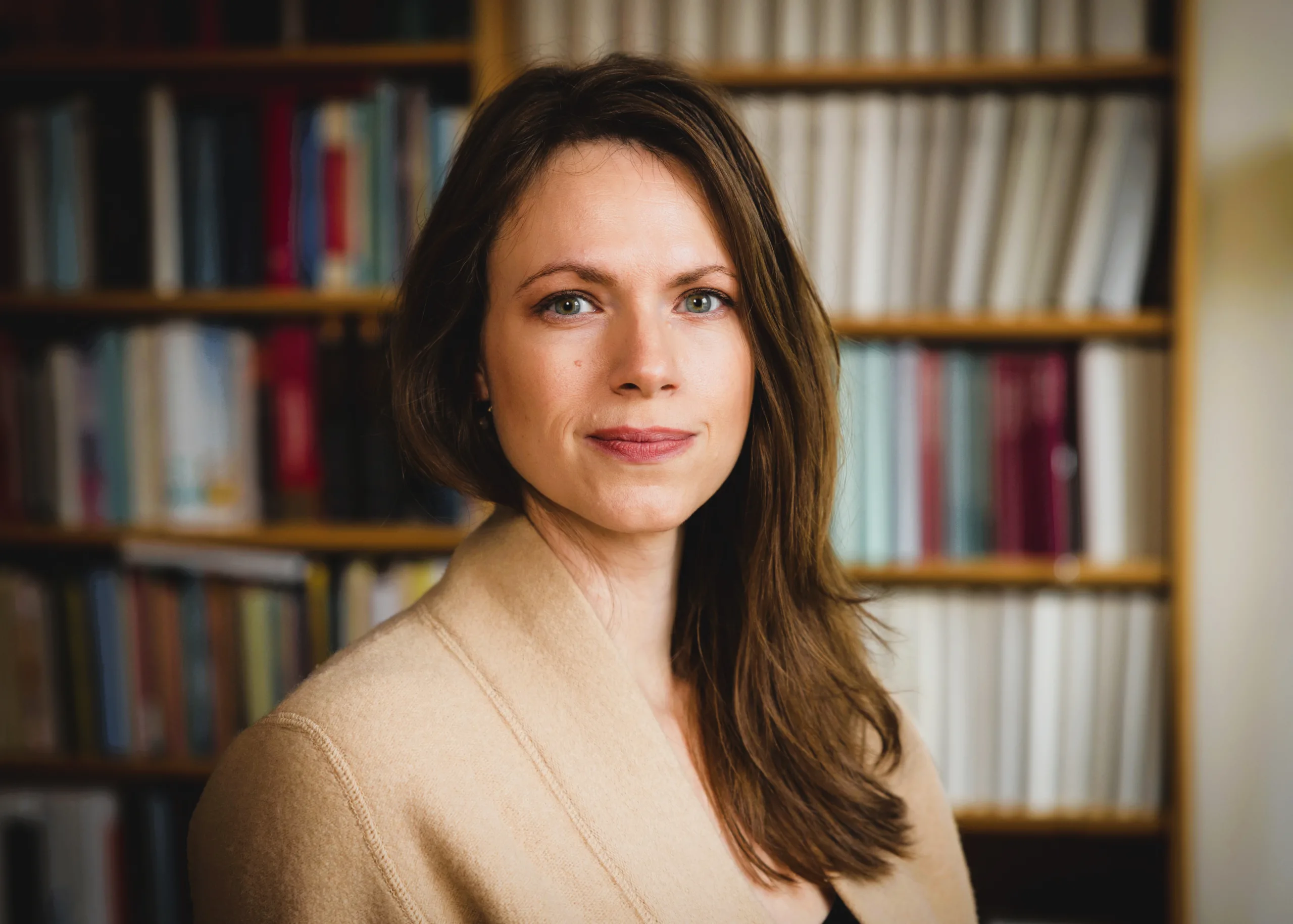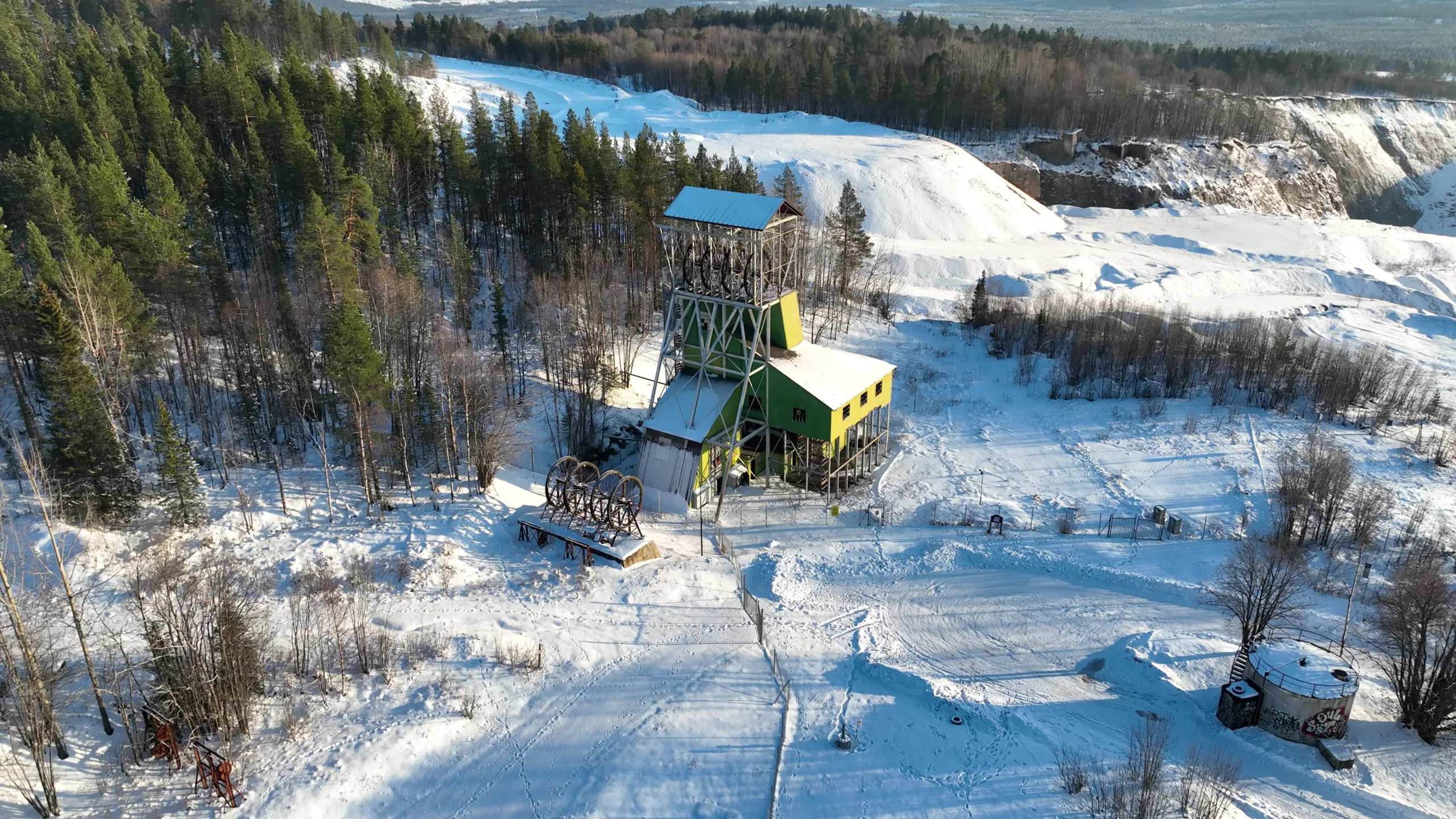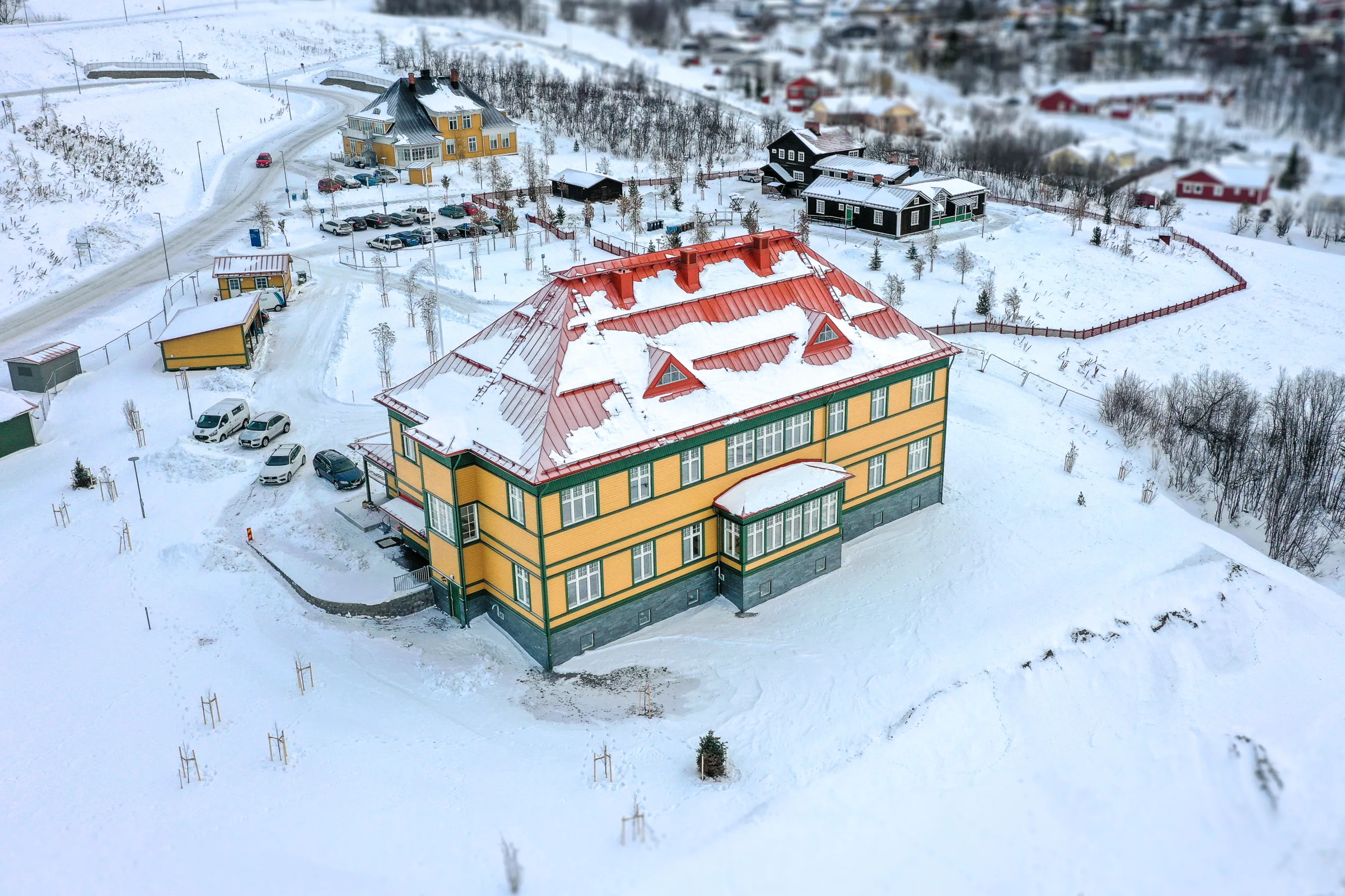Collaboration between LKAB and Kiruna Municipality studied in academic research
LKAB and the Municipality of Kiruna are highly interdependent, and a successful collaboration is essential for a successful urban transformation. But how does this cooperation work in practice? Chelsey Jo Huisman, a researcher at Uppsala University, conducted a doctoral dissertation that provides a deeper insight into the collaboration surrounding the construction of the new city hall.

Five years have passed since Kiruna’s Kristallen City Hall was inaugurated. As part of the urban transformation, LKAB financed the new city hall for the Municipality of Kiruna. Before the building was completed, a complex process unfolded for both LKAB and the municipality. This process and the collaboration surrounding it have been studied in a doctoral dissertation, “Transforming the City of Kiruna: Stabilising Change and Changing Stability,” written by Chelsey Jo Huisman, a researcher at Uppsala University. In her dissertation, she concludes that the work on the construction of the city hall was characterised by both cooperation and tensions between the parties.
The old city hall had a central role in Kiruna’s history. Therefore, the design and construction of its replacement were significant. For both LKAB and the municipality, this was not just a typical building process, but an opportunity to support Kiruna’s transformation while preserving its historical heritage. As the first building to be erected in Kiruna’s new city center, the new city hall also became a symbol of the urban transformation in Kiruna.
The collaboration between LKAB and the municipality was not without its tensions. Different organisational goals and values led to conflicts and compromises. LKAB and the municipality did not always share the same vision, but their shared interest in Kiruna’s well-being was a strong driving force.
“Since LKAB and the municipality share a history and value their long-term relationship, the process of building the new city hall became a process of compromise. By navigating through organisational differences and understanding each other’s needs, their ability to collaborate was facilitated,” says Chelsey Jo.
In Chelsey Jo’s dissertation, she concludes that compromises and adaptations could be made when similarities in interest or goals were found between the parties. During the process, the Municipality of Kiruna and LKAB realized that they were to some extent mutually dependent on each other. Therefore, there was a willingness to find a way forward that met the interests of both.
The construction of the city hall marked a significant point in the relationship between LKAB and Kiruna. It facilitated a change in the relationship between LKAB and the municipality. Before the new city hall was built, the relationship revolved mostly around negotiations about the conditions for the community transformation.
“The construction process of the new city hall was the first time that both parties, to such an extent and for such a long time, collaborated on a common goal. As a result, LKAB and the municipality learned how to better complement and relate to each other and take advantage of their different organizational differences,” says Chelsey Jo.
The lessons learned from the city hall construction are important in the continued work on the community transformation. As long as the urban transformation is ongoing, a close partnership will be crucial.
“The collaboration with the Municipality of Kiruna has been through ups and downs. But we have never given up and maintained a stable cooperation over the years. Through various working groups, we strive together to organise this with clear goals and clear focus areas,” says Mikael Westerlund, Head of Department at LKAB urban transformation.




